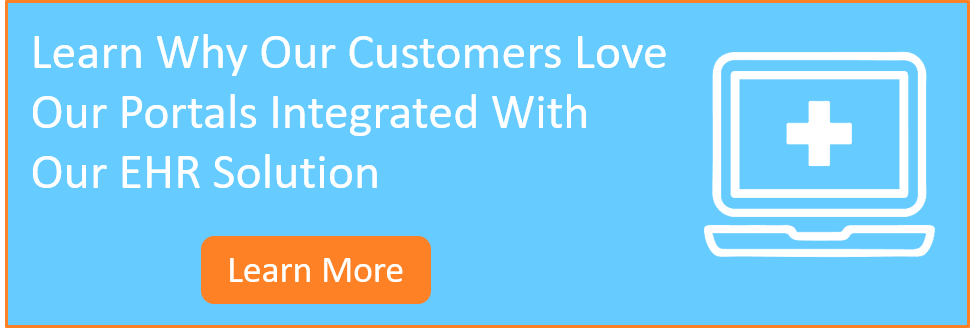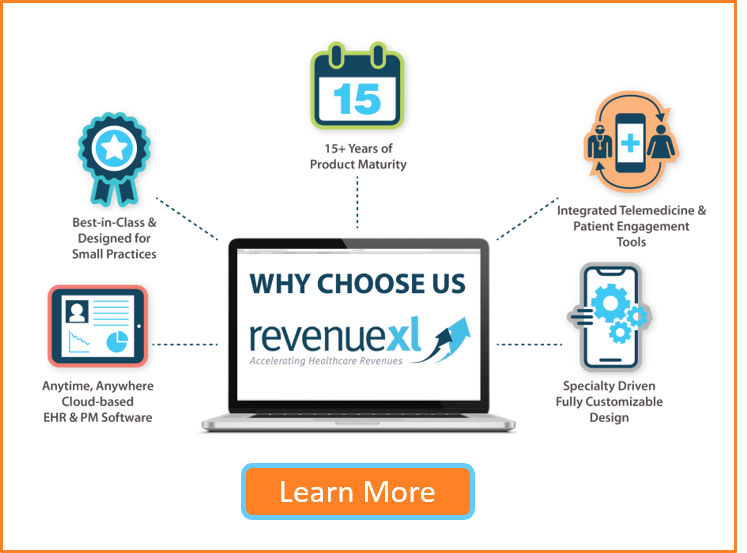What is Patient Engagement?
Patient engagement empowers individuals to actively participate and make informed decisions in their care, improving outcomes and healthcare quality. By working with providers to shape care plans through shared decision-making, patients gain more personalized, coordinated, and effective treatment.
As healthcare continues to shift toward value-based models, patient engagement plays a crucial role in enhancing clinical outcomes, improving care quality, and strengthening provider-patient relationships.
Why Patient Engagement Matters
Beyond individual benefits, patient engagement strengthens the entire healthcare system. Active participation leads to better treatment adherence, fewer unnecessary visits, and more efficient resource utilization. Engaged patients build stronger provider relationships, increasing trust and satisfaction. Prioritizing engagement is essential for delivering high-quality, sustainable care.
Did you know that:
- Patients with high activation levels have 31% lower healthcare costs
- 80% of patients want to be more involved in their healthcare
- Engaged patients have a 40% lower risk of hospital readmissions
- Patient engagement can lead to a 19% reduction in hospitalizations
What Solutions Can You Use To Enhance Patient Engagement
Patient engagement solutions encompass technologies and strategies designed to actively involve patients in their healthcare journey. Digital tools such as patient portals, telehealth, and mobile apps empower patients by enabling seamless access to health records, virtual consultations, and real-time medication reminders. Portals facilitate appointment scheduling and secure messaging, while telehealth expands access to remote care, and mobile apps support ongoing health management. By integrating these patient engagement solutions, providers enhance communication, improve care coordination, and foster a more patient-centered approach—ultimately driving better health outcomes and operational efficiency.
1. Patient Portals
Patient portals offer secure online access to personal health information, enabling patients to:
- View lab results
- Schedule appointments
- Request prescription refills
- Communicate directly with healthcare providers
By providing easy access to health data, portals empower patients to take an active role in their care, leading to increased satisfaction and better adherence to treatment plans.
2. Telemedicine
Telemedicine platforms facilitate remote consultations, allowing patients to connect with healthcare providers via video calls or messaging. This approach enhances access to care, particularly for individuals in remote areas or with mobility challenges, and offers convenience through reduced travel and waiting times.
3. Mobile Health Applications
Mobile health apps support patients in managing their health by offering features such as:
- Medication reminders
- Symptom tracking
- Educational resources
These tools encourage self-management and provide valuable data that can be shared with healthcare providers for informed decision-making.
4. Appointment Reminders
Automated appointment reminders via text, email, or phone calls help reduce no-show rates and ensure patients attend scheduled visits. Timely reminders contribute to better continuity of care and demonstrate a commitment to patient well-being.
5. Online Scheduling
Offering online scheduling options allows patients to book appointments at their convenience, enhancing satisfaction and streamlining administrative workflows. This flexibility can lead to improved patient retention and more efficient practice management.
6. Educational Resources
Providing access to reliable educational materials, such as articles, videos, and webinars, empowers patients to understand their health conditions and treatments better. Informed patients are more likely to engage in their care and adhere to recommended therapies.
Implementing these patient engagement solutions can lead to more proactive patient involvement, improved health outcomes, and a stronger partnership between patients and their providers.
What Strategies Can You Use to Boost Adherence?
Effective patient engagement strategies boost adherence and satisfaction. Here’s how shared decision-making and more can transform care.
1. Engage Patients in Shared Decision-Making
Shared decision-making involves collaborating with patients to choose between treatment options. This approach improves communication and fosters trust, empowering patients to make informed decisions. When patients play a role in decision-making, they are more likely to adhere to treatment plans.
Example:
A provider discussing treatment options with a patient newly diagnosed with diabetes might present medication plans, lifestyle changes, and insulin therapy, explaining the pros and cons of each. This ensures the patient feels heard and empowered to make choices aligned with their preferences.
2. Educate Patients Effectively
Patient education includes providing easy-to-understand information about their health conditions, which equips them to make informed decisions. Tools like multimedia resources, brochures, and interactive apps can enhance learning and retention.
Example:
An online video series on managing hypertension or a mobile app providing interactive quizzes about medications can engage patients while helping them better understand their care.
3. Leverage Technology for Engagement
Leveraging technology is a powerful way to involve patients in their care. Digital tools like patient portals, mobile health apps, and wearable devices allow patients to track their health, access information, and communicate with providers seamlessly.
Benefits:
- Patient Portals: Secure access to lab results, appointment scheduling, and provider messaging.
- Mobile Health Apps: Medication reminders, symptom trackers, and chronic disease management tools.
- Wearables: Devices that track vital signs, such as heart rate or glucose levels, encouraging proactive health management.
4. Personalize Care Plans
Tailoring care plans to individual patients’ needs, preferences, and cultural backgrounds increases engagement and improves adherence. Personalized plans consider patients' goals, health conditions, and lifestyles, ensuring they feel supported and understood.
Example:
For a patient managing obesity, a personalized care plan might include dietary counseling, an exercise regimen, and access to a dietitian through a digital platform.
5. Implement Team-Based Care
Integrating patients as part of the care team fosters collaboration and accountability. Encouraging patients to meet regularly with providers and other care team members ensures open communication, increases trust, and enhances their role in managing their health.
Example:
A patient with a chronic condition like asthma might benefit from a care team that includes a pulmonologist, primary care provider, and health coach who collaboratively guide treatment and monitor progress.
6. Promote Self-Monitoring and Management
Encouraging self-monitoring helps patients take an active role in managing their conditions. Self-management programs provide tools and skills for patients to track their symptoms, medications, and vitals effectively.
Example:
A diabetic patient using a glucose monitor and recording daily readings in an app fosters accountability and helps providers track progress during check-ins.
7. Strengthen Patient-Provider Communication
Strong communication is essential for engagement. Regular follow-ups, open channels for feedback, and clear explanations about care plans can build trust and improve outcomes.
Example:
Providers conducting routine phone check-ins or follow-up emails ensure patients stay on track and feel supported between visits.
8. Empower Patients with Resources
Empowering patients with the resources they need to take control of their health leads to higher engagement. This includes access to health information, peer support, and decision-making tools.
Example:
Providing a toolkit that includes educational materials, symptom trackers, and a directory of support groups for patients managing chronic pain.
9. Connect Patients to Community Support
Connecting patients with community programs or peer-led initiatives fosters a sense of belonging and shared experience. Support groups and wellness programs can motivate patients to stay engaged in their care.
Example:
Cancer survivors attending peer-led workshops on coping mechanisms and nutritional guidance can benefit from shared experiences and mutual support.
10. Refine Strategies with Continuous Improvement
Patient engagement strategies should evolve based on feedback and performance metrics. Regular reviews of patient outcomes and satisfaction surveys help refine methods and ensure their effectiveness.
Example:
A clinic analyzing patient feedback to identify barriers to portal adoption, then offering training sessions to boost usage.
Role of Digital Innovations in Patient Engagement
The digital era has transformed patient engagement with tools like telemedicine, wearables, and social media.
Telemedicine
Telemedicine enhances convenience by allowing patients to consult providers remotely. This is especially valuable for follow-ups and chronic disease management.
Wearable Technology
Wearables track vital signs and health metrics, promoting proactive health management. These devices also facilitate data sharing with providers, enabling personalized care.
Mobile Health Apps
Health apps streamline engagement by providing reminders, educational resources, and real-time health updates.
Social Media
Platforms like Facebook or Instagram serve as spaces for patient education and community building, fostering active participation.
Measuring the Success of Patient Engagement Efforts
To ensure strategies are effective, healthcare providers must assess outcomes using key performance indicators (KPIs). These include:
- Appointment Attendance: High attendance rates indicate effective engagement.
- Patient Feedback: Positive survey results highlight satisfaction.
- Portal Usage: Increased interaction with patient portals shows digital tools' success.
- Preventive Care Participation: More patients engaging in wellness programs signal active involvement.
Technology plays a critical role in measurement. Tools like electronic health records (EHRs) and portal analytics provide valuable insights into engagement metrics.
The Future of Patient Engagement
The healthcare landscape is evolving, and emerging trends will shape patient engagement:
- Telemedicine: Remote consultations for accessible care.
- AI and Machine Learning: Predicting patient needs for personalized strategies.
- Wearables: Real-time health tracking for informed decision-making.
- Virtual Reality: Innovative tools for patient education.
By staying attuned to these trends, providers can continue to enhance patient participation and satisfaction.
Conclusion
Patient engagement is at the heart of modern healthcare, improving outcomes, satisfaction, and system efficiency. Through strategies like shared decision-making, personalized care, and technology integration, providers can empower patients to take charge of their health. As the industry embraces innovation, patient engagement will remain a cornerstone of delivering high-quality, sustainable care.







